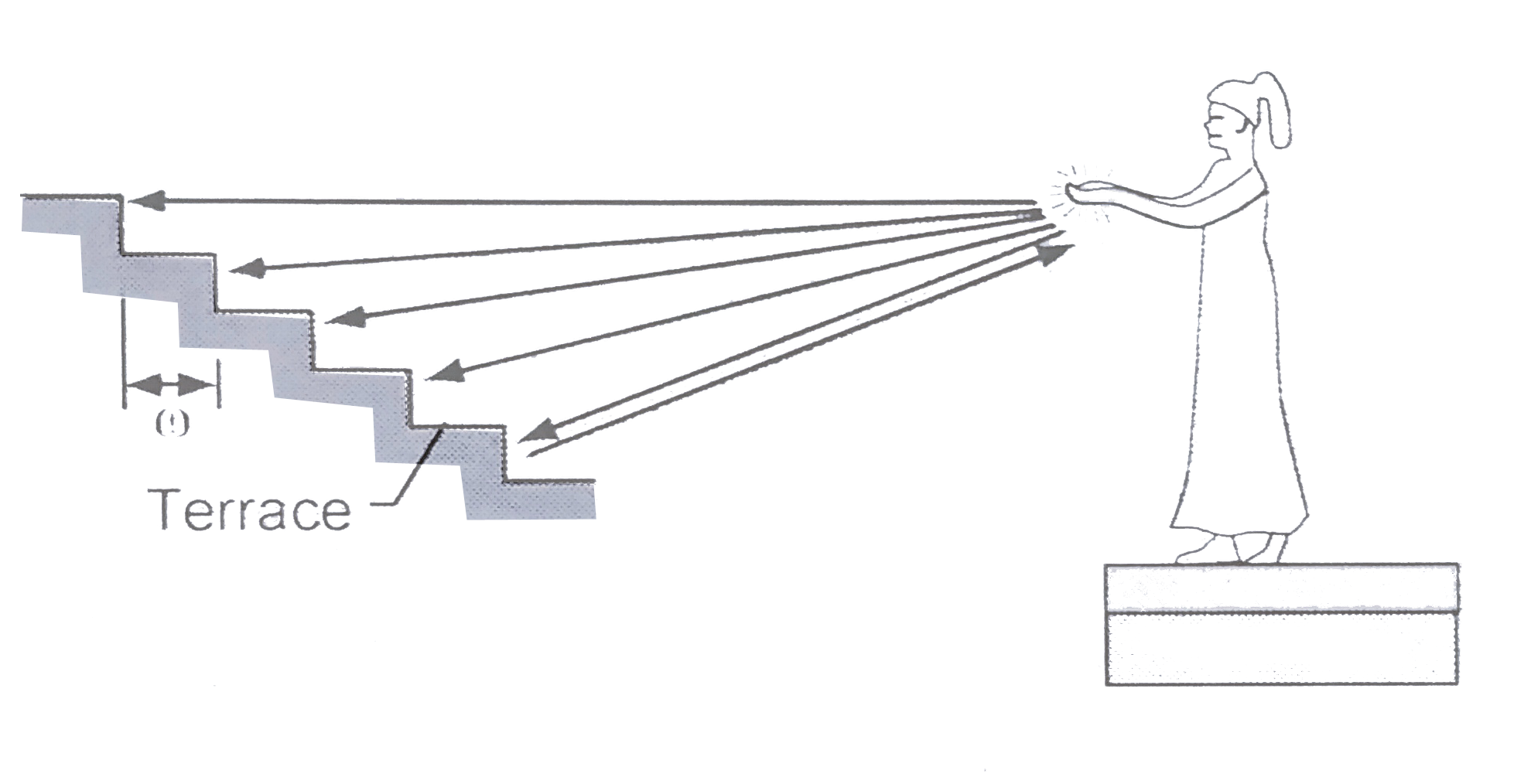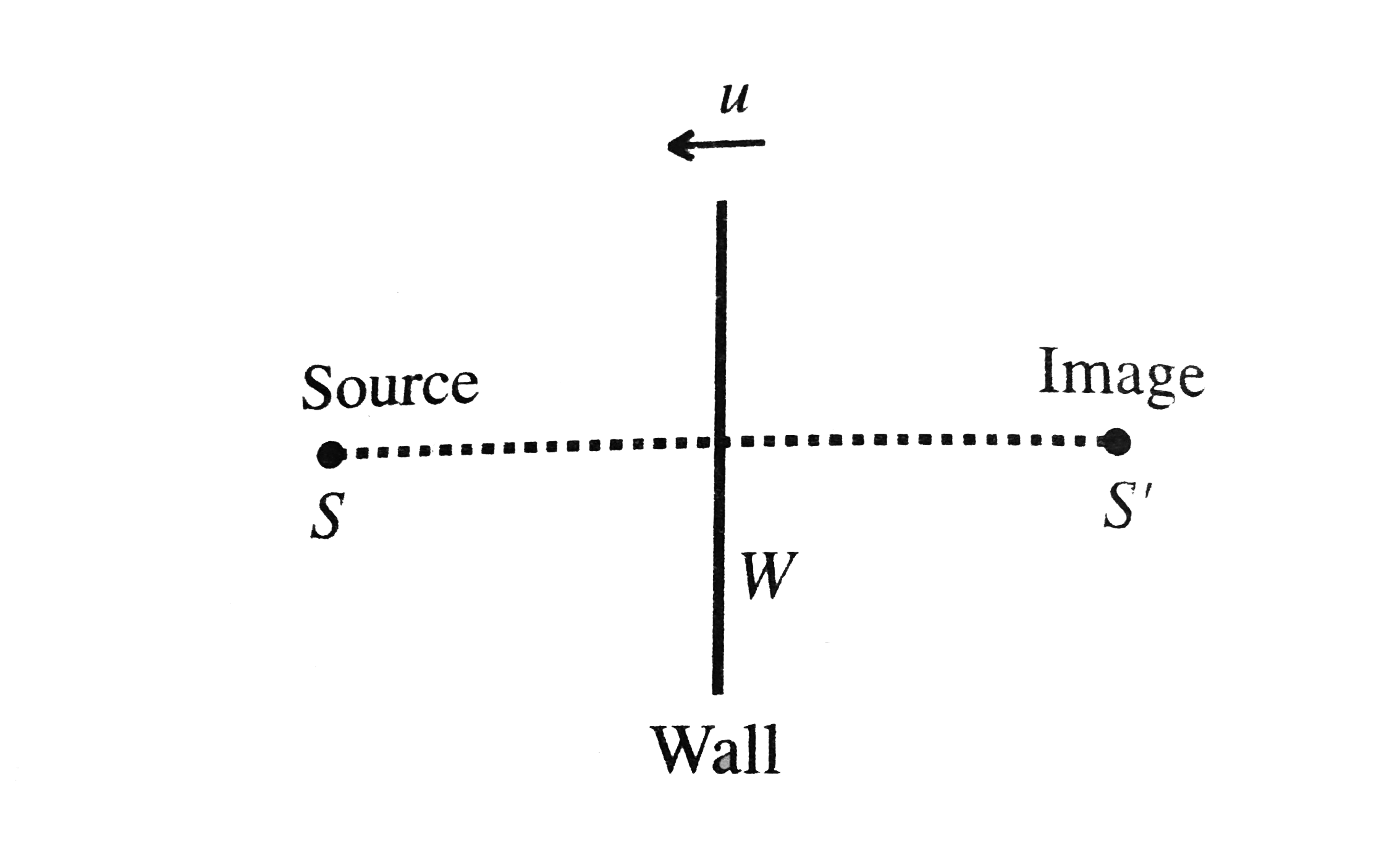Amphitheaters and auditorium walls are fitted with ............ To avoid the echoing of sound.
granite
Italian marble
sound absorbers such as foam board
wooden wall
The correct Answer is:C
To answer the question, "Amphitheaters and auditorium walls are fitted with ............ To avoid the echoing of sound," we need to identify the correct material that is used to minimize sound reflection and echo in these spaces.
1. Understanding the Problem: The question asks for a specific type of material used in amphitheaters and auditoriums to prevent echoing. Echo occurs when sound waves reflect off hard surfaces.
2. Analyzing the Options: The options given are:
- A) Grey night
- B) Italian marble
- C) Sound absorbers such as foam board
- D) Wooden wall
3. Evaluating Each Option:
- A) Grey night: This is not a known sound-absorbing material.
- B) Italian marble: This is a hard surface that reflects sound rather than absorbs it, making it unsuitable for reducing echo.
- C) Sound absorbers such as foam board: Foam board is designed to absorb sound waves, reducing reflection and echo. It often has a porous structure that increases its surface area, making it effective for sound absorption.
- D) Wooden wall: While wood can absorb some sound, it is not as effective as specialized sound-absorbing materials like foam.
4. Selecting the Correct Answer: Based on the analysis, the best option is C) Sound absorbers such as foam board. Foam boards are commonly used in theaters and auditoriums to minimize echo.
5. Conclusion: Therefore, the walls of amphitheaters and auditoriums are fitted with sound absorbers such as foam board to avoid the echoing of sound.
Final Answer:
Amphitheaters and auditorium walls are fitted with sound absorbers such as foam board to avoid the echoing of sound.
---
- A) Grey night
- B) Italian marble
- C) Sound absorbers such as foam board
- D) Wooden wall
- A) Grey night: This is not a known sound-absorbing material.
- B) Italian marble: This is a hard surface that reflects sound rather than absorbs it, making it unsuitable for reducing echo.
- C) Sound absorbers such as foam board: Foam board is designed to absorb sound waves, reducing reflection and echo. It often has a porous structure that increases its surface area, making it effective for sound absorption.
- D) Wooden wall: While wood can absorb some sound, it is not as effective as specialized sound-absorbing materials like foam.
Amphitheaters and auditorium walls are fitted with sound absorbers such as foam board to avoid the echoing of sound.
Topper's Solved these Questions
- BOOK - ICSECHAPTER - SOUNDEXERCISE - NUMERICAL BASED MCQ:5videos
SOUND
- BOOK - ICSECHAPTER - SOUNDEXERCISE - DIAGRAM BASED MCQ:3videos
SOUND
- BOOK - ICSECHAPTER - SOUNDEXERCISE - THEORY BASED MCQ4videos
SOUND
- BOOK - ICSECHAPTER - SIMPLE MACHINES EXERCISE - DIAGRAM BASED MCQ5videos
SIMPLE MACHINES
- BOOK - ICSECHAPTER - SPECIMEN PAPER (SOLVED)EXERCISE - SECTION II78videos
SPECIMEN PAPER (SOLVED)
Similar Questions
A car emitting sound of frequency 500 Hz speeds towards a fixed wall at 4ms. An observer in the car hears both the source frequency as well as the frequency of sound reflected from the wall. If he hears 10 beats per second between the two sounds, the velocity of sound in air will be
View SolutionA handclap on stage in an amphitheater sends out sound waves that scatter from terraces of wdth w=0.75m (see figure). The sound returns to the stage as a periodic series of pulses, one from each terrace, the parade of pulses sound like a played note. Assuming that all the rays in Figure are horizontal, find the frequency at which the pulses return (that is, the frequency of the perceived note). Take the speed of sound to be 330m/s
 View Solution
View Solution
Knowledge Check
- Question 1 - Select One
A person standing in front of a vertical cliff whistles. he later moves towards the cliff by travelling a istance of 300m. at first, he hears the sound after 4 s and hen on travelling the distance he hears the echo after 9 sec. Time take for first echo is .............. and time for the second echo is .............
A4s, 5sB5s, 4sC4s, 9sD9s, 4s - Question 2 - Select One
In a collage art class, 76 students are painting a mural on one wall of the campus amphitheater. The wall has been divided into 23 sections, and each section will be painted by a group of either 2 or 4 students. How many more sections will be painted by a group of 4 students than by a group of 2 students?
A6B7C8D9
A driver in a stationary car horns which produces sound waves having frequency 2000 Hz. The waves are directed normally towards a reflecting wall. If the wall approaches the car with a velocity u = 3.3 m/s. The change in the frequency of sound after reflection from the wall is x%. Then x
View Solution A driver in a stationary car horns which produces monochromatic sound waves of frequency n=1000Hz, normally towards a reflecting wall. If the wall approaches the car will a velocity u=3.3ms, calculate the frequency of sound reflected from wall and heard by the driver. What is the percentage change of sound frequency of reflection from the wall?View Solution
A driver in a stationary car horns which produces monochromatic sound waves of frequency n=1000Hz, normally towards a reflecting wall. If the wall approaches the car will a velocity u=3.3ms, calculate the frequency of sound reflected from wall and heard by the driver. What is the percentage change of sound frequency of reflection from the wall?View SolutionA man standing in front of a wall produces a sound and hears an echo after 3 s. He walks .X. m away from the wall and produces the same sound. Now he hears an echo after 5.25 s. Calculate distance he walked away from the wall. (Speed of sound in air is 340 m/s)
View SolutionA soldier walks towards a high wall taking 120 steps per minute. When he is at a distance of 90 m from the wall he observes that echo of step coincides with the next step. The speed of sound must be
View SolutionA car travels at a speed of 'a' towards a high wall. The driver sounds a horn of frequency 'n'. If V is the velocity of sound in air, frequency of reflected sound heard by the driver is
View SolutionWhat should be the minimum distance between the source and reflector in water so that the echo is heard distinctly ? (The speed of sound in water = 1400 m s−1).
View Solution

